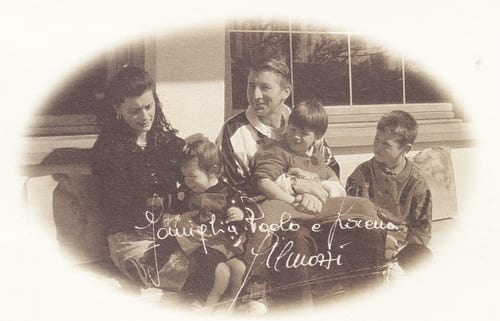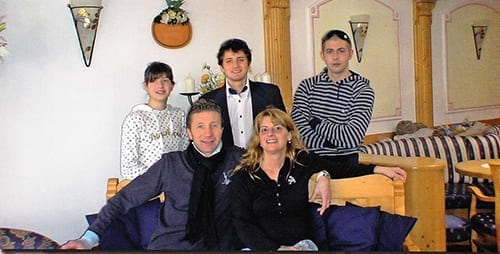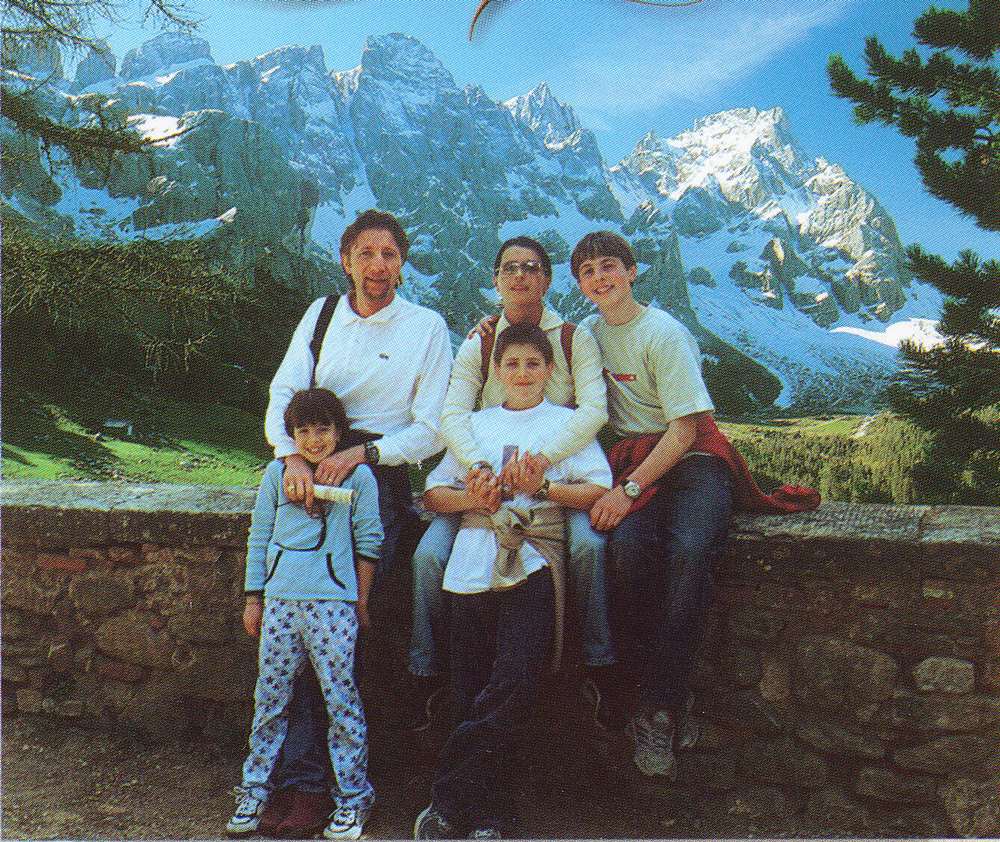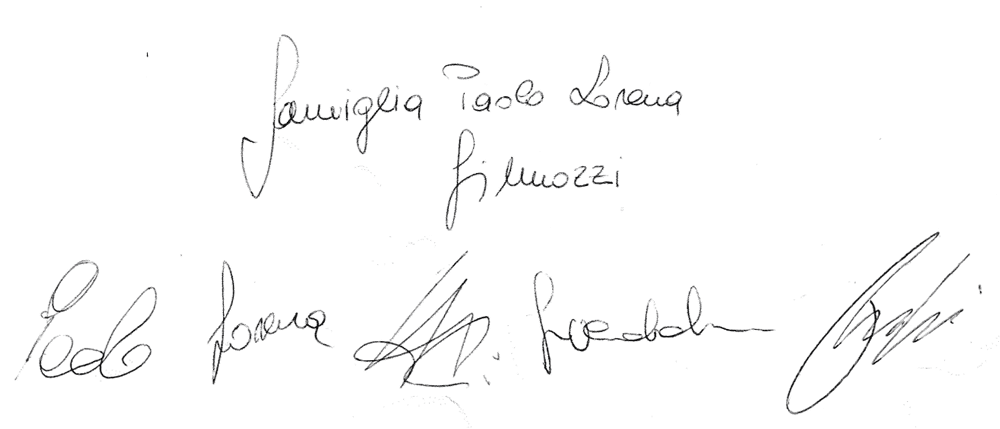The Trento Cathedral
The Trento Cathedral, built in the XII century in Gothic-Romanesque style is mentioned in history books for the famous Council of Trent that served for the spreading of Christianity and counteracting the Lutheran Counter Reformation. The cathedral has different facades, in one the rose window of the transept that portrays “the wheel of fortune”, the Porta dei Leoni and a Loggia. A box or a stall is shown. On the other side, there is a fresco of the 14th century and a rose window depicting Christ on the throne. The wall that overlooks Piazza d’Arogno is less decorated while on the other walls the apse of San Giovanni, the Castelletto of the Bishops, the bell tower of San Romedio, and the apse of Santo Stefano is displayed . The main altar is in a baroque style. The interior of the cathedral is in gothic style and is represented by three naves divided by fourteen pillars. In the first nave is the chapel of the crucifix, in the second you find the tomb of the Bishop, and the third nave has frescoes of the XIII and XV centuries and the statue of the “Madonna degli annegati”.
The Trento Cathedral is located in Duomo square, one of the most beautiful squares in Italy where you can admire the Renaissance palaces and the Fountain of Neptune. The square full of charm has arcades, and palaces of the sixteenth century that host restaurants and shops. If you look carefully you will see not only the facades of the houses painted in 1530, but the representation of the history of medieval times and the renaissance of Trento.
Duomo Square
In Duomo Square, the Cazuffi Rella houses are distinguished from the rest, in particular with respect to their frescoes on the walls depicting floral motifs and mythological figures painted by the artist Fogolino, who has created other works in the cathedral of Trento and in the Buonconsiglio Castle.
The Duomo Square is overlooked by the Pretorio Palace with the Civic Tower. The palace was built in 1220 and embellished with ghibelline battlements. The front of the building is on the first floor and is characterized by rows of triple-arched windows while on the second floor the windows are double-arched. Inside the palace, you can admire the Diocesan museum built in memory of the Council of Trento. At the side of the building, there is the Civic Tower which originally held the dungeon of the palace and today it is characterized by a majestic clock overlooking the city.
The church of Santa Maria Maggiore is located in the square of the same name as is the church of the Council of Trento. It was built between 1514 and 1520 by Antonio Medal. The facade of the church has four pillars, including two central pillars that support a central arch and the rose window. At the side there is the bell tower built in stone with an octagonally shaped dome above. The exterior is covered with calcareous red and white stone while the interior has plastered stone masonry and a single nave with four chapels on the sides in the Baroque style. It’s worthwhile admired the frescos representing the Council of Trento, the organ dating back to 500 a.d. and the highest bell tower of the city.
The Roccabruna and Albere Palace.
The Roccabruna Palace was built between 1557 and 1562 by Girolamo Roccabruna.
The Coat of Arms of this family is represented on the arch of the portal above which you will find the characteristic balcony balustrade. On the central facade there is the Coat of Arms that represents the great relationship that was established between Roccabruna and Prince Madruzzo. Inside you can admire the busts of Roman Emperors and the frescoes dating back to 500 a.d. The palace today houses the Provincial Wine Shop of Trento.
The Albere Palace in its renaissance style, was built in the XVI century by the Prince’s family Madruzzo. Made with a square plan and comprised of a moat and angular towers, it creates the image of a typical fortress. The magnificent interior is composed of rooms with frescoes depicting various historical events, in the great hall you can admire the paintings of the Emperor Charles V, which depect the seven liberal arts and the three virtues that represent faith, hope, and charity. Today the Albere Palace hosts numerous paintings of the Museum of Modern and Contemporary Art of Trento and Rovereto.
The Buonconsiglio Castle
The Buonconsiglio Castle is the symbol of Trento and it preserves its history.
It was built in the XIII century on a small hill, for defensive purposes. It is divided into four buildings: the Castelvecchio characterized by specific battlements in the Venetian Gothic style; the Palazzo Magno in the Renaissance style built in the XVI century as a the dwelling place of Bishop Bernardo Clesio; the Giunta Albertiana is the most recent part of the castle and was built in the XVII century, in the Baroque; in the southern part of the palace there is the Torre Aquila that contains the paintings of the cycle of the months.
The outside of the castle is characterized by windows in the style of Croce Guelfa, by a balcony and by the large cylindrical tower built with limestone and known as Torre d’Augusto. The Loggia – the balcony – is formed by eight columns in pink stone that support the triple arches, and capitals built in white stone on which floral motifs are portrayed. The interior is decorated with frescoes representing the Evangelists, the Coat of Arms with an eagle and the Coat of Arms of a Unicorn in flames. Today the inside of the castle is used as a museum of Art.
The Muse and the Albere.
Trento is one of the Italian cities at the forefront of science and architecture.
Renzo Piano, one of the most famous Italian architects, besides designing the Muse also designed a whole area of the city, called “delle Albere”, which is distinguished because of its excellent use of materials and energy sources.
In this futuristic area, there are numerous parks and is home to the Muse, the Museum of Sciences, that is internationally famous and is one of the most visited museums not only by our fellow countrymen but by the entire Europe.
In 2015 the Muse in fact was the only museum to be recognized at the European Museum of the Year Awards.
Trento: what to see
When you are on holiday in Trento the first monument to visit is certainly the statue of Dante Alighieri made by Cesare Zocchi in 1896 to honor the Italian culture. The base of the statue was made of granite called carnicino from Predazzo, while the statues are made of bronze.
The monument is divided into three parts, the lower part shows hell, in the central part there is the representation of Dante accompanied by Virgil while visiting souls who are atoning for their sins, in the upper part are depicted Dante and Beatrice with their arms spread. At the top of the statue, is Dante that has a book in his arm and with the other denotes the boundary of Italy.
Trento: tradition and culture
The city of Trento is also characterized by culture and local tradition that still today is expressed through the organizations of exhibitions and events.
The Christmas market held from November to January features various markets, all accompanied by mulled wine, lights that decorate the balconies of the houses and the magnificent nativity scenes linked to the antiquity and to tradition of the artisans of wood.
Here you can find plenty of local delicacies to taste, and you can immerse yourself in the oldest Christmas traditions.
Finally numerous and various musical events are organized in Trento and environs, from jazz to folk music and sacred music to rock and pop concerts.
 In an evening of family dialog with grandfather Ugo, Paolo (me) and my wife Lorena (then in their early twenties) decided to jump into a new and exciting adventure, to give life to the innate passion for hospitality and tourism.
In an evening of family dialog with grandfather Ugo, Paolo (me) and my wife Lorena (then in their early twenties) decided to jump into a new and exciting adventure, to give life to the innate passion for hospitality and tourism.
 The beautiful harmony with our employees allows us to appreciate our hotel and our culture of hospitality: we believe that the coordination between the staff and the property is essential for transmitting the qualities and values of our company.
The beautiful harmony with our employees allows us to appreciate our hotel and our culture of hospitality: we believe that the coordination between the staff and the property is essential for transmitting the qualities and values of our company.